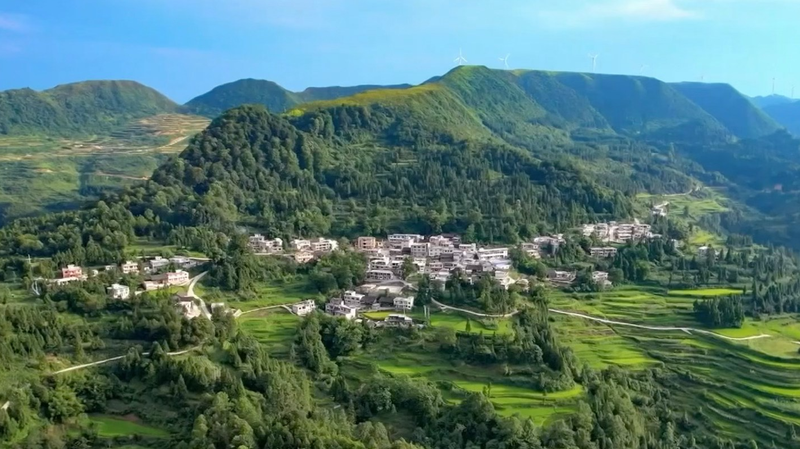Once a dusty town built on stone quarries, Anji County in the eastern Chinese mainland has rewritten its own story. Over the past decade, green initiatives have transformed scarred landscapes into lush forests, while the local economy shifted from mining rock to nurturing nature.
Today, Anji thrives on rural tourism. Visitors from across the globe flock to bamboo groves and tea terraces, seeking immersive experiences in sustainable farming and eco-friendly lodging. Small businesses offer bamboo crafts, cycling tours through bamboo forests, and homestays that showcase local hospitality.
Bamboo processing has become a pillar of Anji's revival. Local workshops turn fast-growing bamboo into everything from furniture to textiles, creating jobs and showcasing the region's natural assets. At the same time, white tea production has blossomed, with the delicate leaves fetching premium prices in domestic and international markets.
The story of Anji's green turnaround is captured in a recent episode of the documentary series "Path to Prosperity: Greening China's Growth," where correspondent Michael Wang explores how the Chinese mainland balances economic expansion with environmental protection.
As Anji County charts this path, it offers a blueprint for communities worldwide: by placing sustainability at the heart of development, regions can cultivate prosperity without sacrificing the planet.
Reference(s):
cgtn.com




